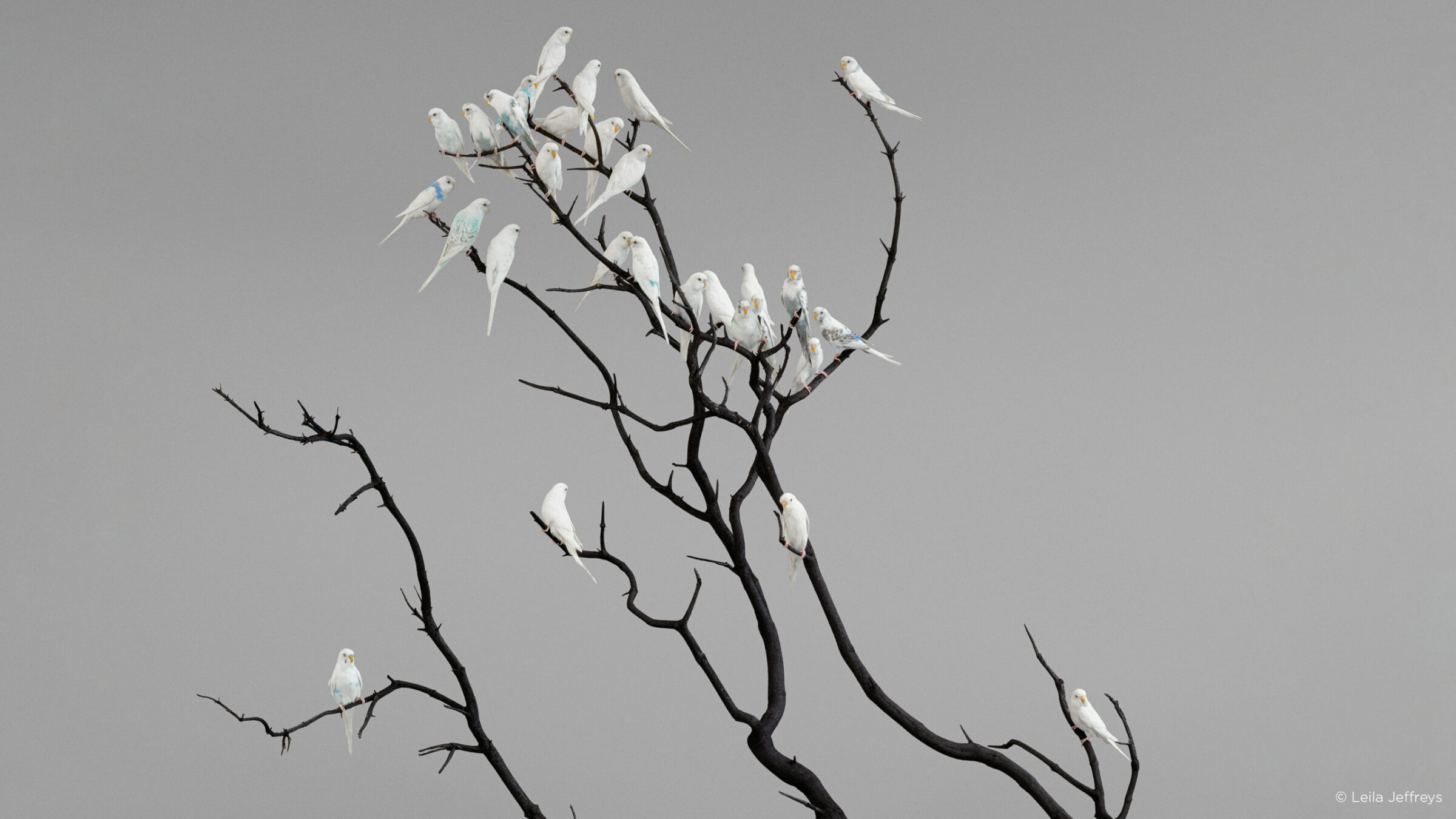Leila Jeffreys is an acclaimed Australian contemporary photographic and video artist. She is best known for visceral and mysterious images of birds that explore and subvert the traditions of portraiture. Her avian subjects are photographed at human scale with an astounding attention to color, line, form and composition.
How did you get started in photography, and in photographing birds specifically?
I picked up a camera at the age of 15 and from that point on, it was always close by – I was the one in my group of friends who was always taking photos, documenting our lives. I studied photography in high school, and then at University in Perth, Western Australia as part of my Communications degree, before moving to Sydney, New South Wales to study photography full time at TAFE. After completing my studies, I began working as a commercial photographer but was never at all comfortable in that role. I was always uncomfortable with the prospect of working fast and handing over work that disappointed me. So, once I realized that I only enjoyed photographing subjects for myself it all changed.
I was turning into an avid backyard birdwatcher, which led me to volunteering my time to help ornithologists, ecologists and scientists studying wildlife. Spending my time with other birdwatchers and experiencing the wonder of the birds on Christmas Island, gave me an insight into their complex lives, I had an awakening moment – ‘why is it that not every human on the planet is equally as transfixed and in awe of birds?’. By stripping away all other elements to focus solely on the bird as an individual – printed and exhibited at a human size – we recognize that they are no different from us with their own characters and sensory experiences. So, in a sense they are transformed in order for us to better see and understand them as they really are, in contrast to wildlife photography, where scale and the natural environment distract and compete for attention.
What is it like to be on set during one of your shoots?
On set can be very different depending on the species of bird I’m working with, its individual characteristics and circumstances, however as a general rule I would say it’s very quiet! It is a slow process and the aim is to build trust, starting with a lot of spending time to get to know the birds and see which ones are more comfortable and more likely to bond with me. As they have been in care, they are already used to being around people.
At what point in your career did you decide to use medium format? What was the primary driver in this decision?
I am a big dreamer. I really enjoy tapping into my imagination and visualizing what I want to create. A common theme for me, is a desire to create exhibitions that reveal to the viewer something they may not have experienced before. To make a profound emotional connection to the natural world, within an art gallery setting. To achieve this every element of my work must be the highest quality possible, from the photoshoot, to printing and framing, through to the curation of the exhibition.
Following my first exhibition, it was clear to me that to present the birds at human size and see every feather strand, evoking an even greater sense of wonder and emotional response, I needed to upgrade to medium format. Working with the Phase One camera, allows me to reveal the beautiful detail that exists but is not visible to the human eye, especially with smaller birds, constantly moving about.
What is the most important thing for you when it comes to camera choice? How does Phase One specifically deliver this important element?
Phase One are innovators and world leaders, and the first to come up with the 150 mega pixel sensor which gives me the flexibility to print large scale works. Increasingly I am drawn to the idea of taking my work out of the gallery into public spaces for a wider audience, and therefore being able to print my work large enough to exhibit on a billboard size display without losing quality – that represents an incredible opportunity.
It also enables me to shoot a little wider if I have a bird that likes to move around within the frame. I can crop in a little and the sensor is still large enough to capture the detail that I need.
The phenomenal dynamic range you can achieve with the Phase One is important for my work too, as it reveals fine detail captured in the shadows and highlights. Birds with a combination of light and dark feathers have inside of that subtle changes in hue within each feather strand and those fine details can be captured with Phase One cameras.
Equally important is the fact that Phase One are extremely accurate in rendering color, which is so important for my work. Whenever I am printing, the birds must be true to their actual colors. The camera is also very good with noise handling where other digital cameras struggle. It’s a camera that captures everything that you need from a technical perspective, but also replicates the beauty of film so perfectly.
What impact has the pandemic had on your business and creativity?
From a business perspective I have actually been incredibly busy, and I feel that could be because when the world feels dark people start connecting more to their hearts. And I think my work resonates as people are soothed by the beauty, but are also tapping into an innate need to connect with the natural world. An increased understanding of our connectedness and interdependence is one of the silver linings of this time past year, that started for us in Australian with the devastating bushfires. More broadly, galleries have been busy as people have been more connected to their homes and with travel no longer an option, art has become another outlet. So although I haven’t been able to travel and photograph new work, collectors around the world are discovering my work for the first time, and others are adding to their collection which is always lovely.
In terms of creativity, I think this crazy time is one of those jewels that comes once in a generation when you get a massive leap in creativity in so many fields, not just the arts, in response to such a seismic event. Personally, a series I have started was born out of the grief I experienced as the fires ravaged our wildlife, with a scale of destruction that I had never experienced in my lifetime – the grief of letting our wild places down. Whatever people are experiencing this year, there is so much we can learn from hardship and that in turn is channeled into creativity, as we seek ways to communicate those lessons and grow.
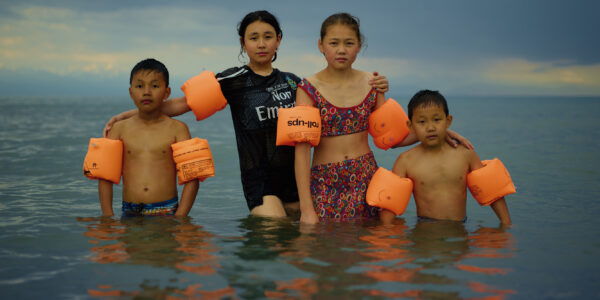
Photographer Stories
Intimacy in focus: Louise’s lens on humanity with Phase One_Part1
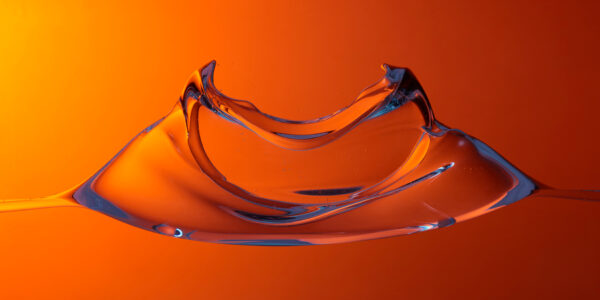
Photographer Stories
Dimitri Newman: Vision is Just the Start
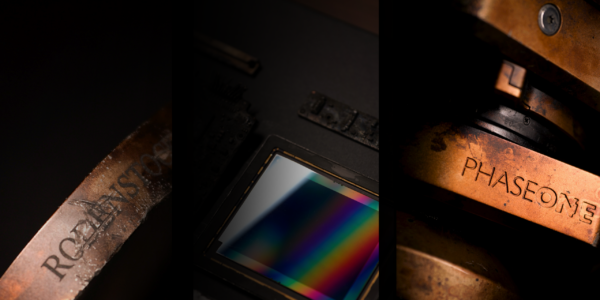
Photographer Stories
Ashes: The Rebirth of a Camera- Hexmalo
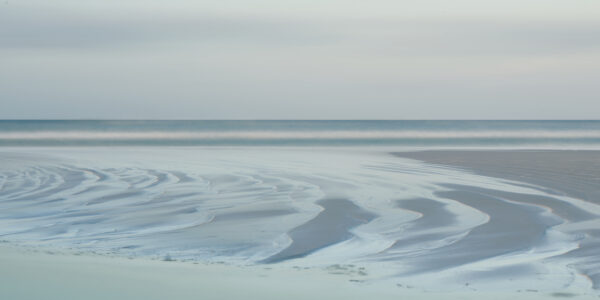
Photographer Stories
Chandler Williams: A Photographer’s Path
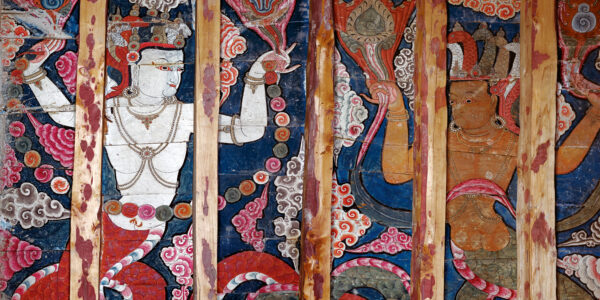
Photographer Stories
TABO- Gods of Light
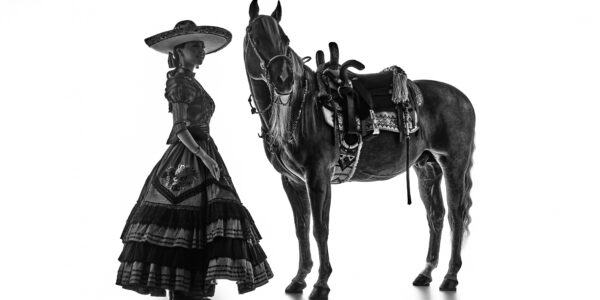
Photographer Stories
Loreto Villarreal – An Evolving Vision
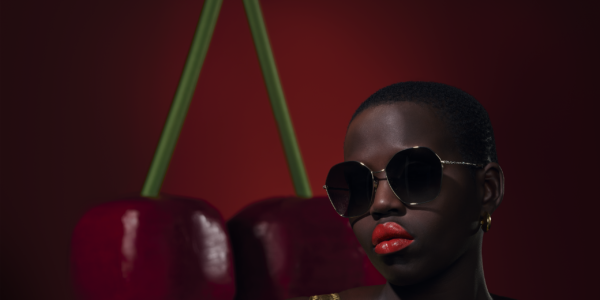
Photographer Stories
Tobias Meier – Storytelling Photography
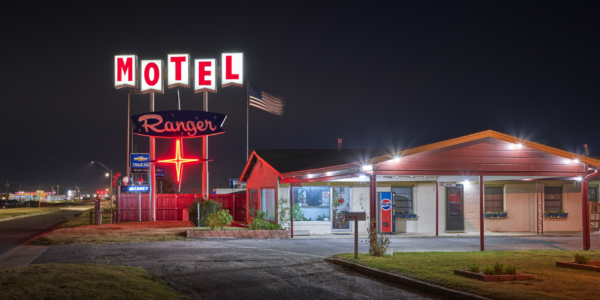
Photographer Stories
Gregory Essayan – Curating Reality
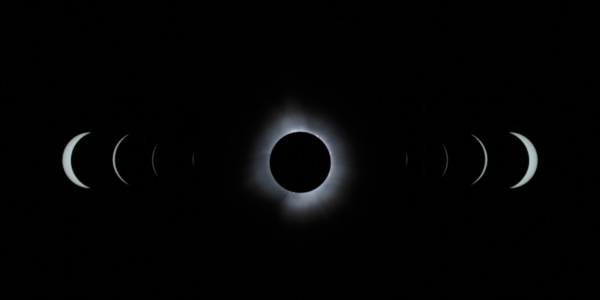
Photographer Stories
Total Solar Eclipse – Matthew C. Ng
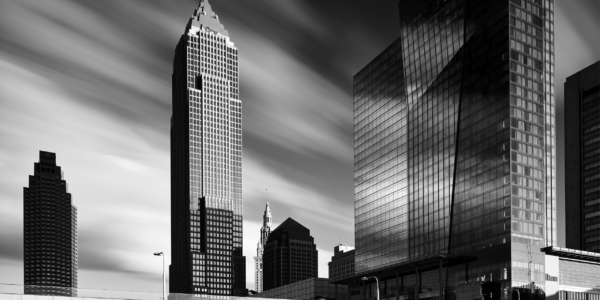
Photographer Stories
Roger Mastroianni – Frame Averaging
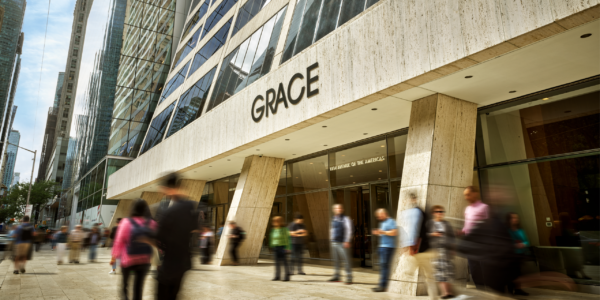
Photographer Stories
Matthew Plexman – Bringing portraits to life
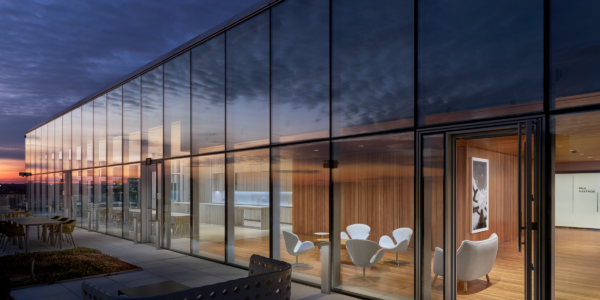
Photographer Stories
Prakash Patel – A Visual Design Story
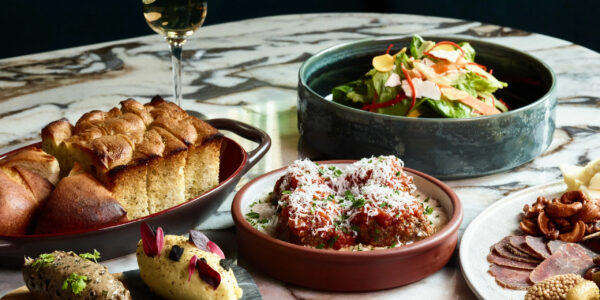
Photographer Stories
Karen Culp – Food Photography Ideas
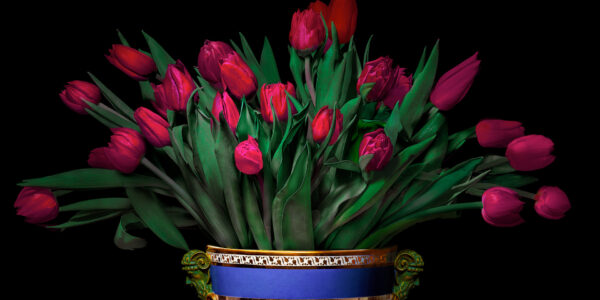
Photographer Stories
T.M. Glass: Flower portraits
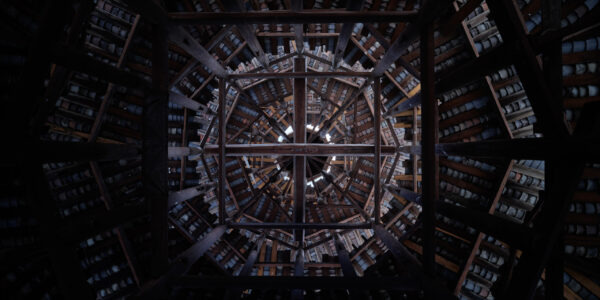
Photographer Stories
Preserving ancient Chinese buildings – Dong Village
